German Veterans of the Second World War: Still “Outside”? (II)
Writing about web page https://warwick.ac.uk/fac/arts/hrc/confs/homecoming/
German Veterans of the Second World War: Still “Outside”?(II)
Narratives around the German veterans as an obstacle to homecoming
As outlined in the previous part of this blog by conference co-organiser Yara Staets there were a lot of difficulties regarding the process of coming home of German veterans. While the last veterans returned in 1954, they are until today, in a cultural sense, struggling to finally arrive home. This becomes evident in some of the narratives that have emerged and are still emerging around them. On the one hand, they reveal something about the actual fate of the veterans. But, on the other hand, these narratives portray them mainly as victims, not as perpetrators. Thus, the complexity of the stories of the veterans remains mostly invisible. A good example of this is the play The Man Outside[1] (Draußen vor der Tür), created by the former soldier Wolfgang Borchert in 1947. The play, which was a huge success in post-war Germany, adapted or even helped to create the most important of the collectively accepted narratives about German veterans.
In 1947 Borchert referred with his play The Man Outside to the narrative of the German veteran as an “Heimkehrer ohne Heimkehr”,[2] someone who cannot return home, even though he has arrived there. Beckmann, the protagonist of the play, has just returned from the war. He finds that he no longer has a home, as his wife is with another man; he also learns that his son is dead. He has no job, or even food. He is hungry, desperate, and angry: no one cares about him and his needs, and therefore he feels betrayed not only by the military leadership, but also by society. He feels as if his place in his own home country is “outside the door”. With his play Borchert was expressing difficulties of the homecoming veterans at a time when they had no official voice speaking for them.
While Borchert's play underlines the difficulties veterans faced in post-war Germany, it also helps build a narrative that tends to obscure their fate. Borchert describes Beckmann first and foremost as a victim and not as a perpetrator: Beckmann feels guilty for the death of the comrades he was responsible for and blames the military leadership that put him in charge. Also, he blames the society which does not care about his sufferings. The narrative of the veteran as a victim was created by former soldiers immediately after the end of the war. While this narrative seems above all a consequence of the ignorance of the society towards the specific situation of the veterans, it creates at the same time a conflict regarding them and the victims of the Wehrmacht and the NS-regime. Borchert too does not let Beckmann express any feelings of guilt towards victims of the German military. Beckmann does not even mention them. With this, parallels between Borchert's play and the myth of the “clean Wehrmacht”, another narrative created by the former German military personnel after war, can be drawn. This myth was based on the idea that the soldiers, unlike the leaders of the Nazi-regime or the SS, were not responsible for war crimes or the Holocaust, as claimed in the denazification processes. It took a long time, but since the 1980s there has been broader research in the involvement of the Wehrmacht in these incidents and today this myth has been completely refuted.[3]
On the other hand, Borchert's play supports a counter-narrative to the post-war perception that war does not have an impact on the mental health of a veteran. Protagonist Beckmann, however, shows signs of an internal struggle because of his experiences in the war and the post-war period. He is suicidal and he is constantly thinking about taking his own life as he cannot deal with his situation. This is important, as there existed no narrative after 1945 for psychological consequences of the war. The shellshock syndrome of First World War soldiers was attributed to the fact that affected soldiers were genetically inferior. In the Second World War, soldiers with mental health issues were sent to concentration camps or were murdered in other ways.[4] After 1945 it was believed that only work-shy and weak-willed people would show symptoms over a longer period of time. This also had economic reasons: psychological symptoms were not easy to prove and therefore the fear existed that veterans would claim to have them to avoid working. For these reasons, it took a long time even to acknowledge the possibility of mental health problems due to the war. In 1980, the PTSD (post-traumatic stress disorder) diagnosis was included in the DSM-5 manual. And only after the 1990s was it applied to veterans of the 1939-1945 war.
However, today it is widespread to assume that nearly every German veteran was traumatised by war. It is not impossible that the veterans suffered because of their experiences. But it is important to emphasise that the trauma narrative portrays them again more as victims and not so much as perpetrators. It is also ahistorical to ascribe to a whole group a trauma retrospectively, a diagnosis which was created only three decades later.[5] Even the protagonist of Borchert's play is repeatedly diagnosed with PTSD.[6] In spite of the fact that it is difficult to attest in a fictive character a psychiatric diagnosis the author could have no knowledge of, Beckmann shows no concrete signs of traumatisation. He does not seem to feel overwhelmed by his memories of the war or unable to cope with them, a symptom usually associated with trauma. On the contrary, while he is obviously desperate, his dominant feelings are betrayal, anger and self-pity.
The misleading character of the trauma diagnosis also becomes obvious with the narrative tha veterans could not talk about their war experiences because they were traumatised.[7] However, as Svenja Goltermann pointed out, their silence may also be rooted in shame and the inability to incorporate the memory of their deeds as soldiers with their identity as civilians. She sees it as a result of the fact that it was difficult to create a narrative which connected their different experiences and roles in war and peace. Also, she states, German post-war society was not able to incorporate the war experiences of its former soldiers: their contribution to war crimes and the Holocaust, but also their sufferings at the front or after their homecoming. Because of this, there were not many who wanted to listen to their stories about their war experiences.[8] Borchert's play provides again an example for this: when Beckmann tries to talk about his experiences, no one wants to listen to him.
Recently the number of publications which try to tell the complex stories of German veterans is growing. These stories include the horrible deeds as well as the sufferings of the veterans.[9] Nevertheless, today there are more publications about the phenomenon of transgenerational trauma in relation to German veterans than about the soldiers themselves. These publications mainly describe the experiences of the children and grandchildren of German veterans. While it is important to acknowledge their struggles, it is notable that the fate of the veterans in these publications, if told at all, is again reincorporated into a potential victim narrative.[10]
Overall, the presented narratives mostly portray the veterans as victims. They are on the one side created by themselves, to highlight their difficulties or balance those out in which they are identified as perpetrators. But also, they are constructed by the society which cannot deal with the ambivalent role of their former soldiers.
However, as long as the whole stories of the German veterans are only seldom told, they are, in a way, not able to return home. If still not many want to listen to their difficult and ambivalent stories, the veterans of the Second World War remain, even they have returned home long time ago, “outside”.
This indicates that in Germany the process of coming to terms with its veterans and thus with the Second World War is still not completed.
[1] Wolfgang Borchert, 'The Man Outside' (1947), in: The Man Outside, Translated from the German by David Porter. Forword by Kay Boyle. Introduction by Stephen Spender. New York: New Direction Publishing, 1971, pp. 83-139.
[2] This expression was the title of an article 1948: Kurt Döring, 'Heimkehrer ohne Heimkehr', Die Zeit, 22. Juli 1948, < https://www.zeit.de/1948/30/heimkehrer-ohne-heimkehr > [Accessed 5 May 2023].
[3] See e.g. Catherine Epstein, Nazi Germany Confronting the Myths. London, UK: John Wiley & Sons 2015.
[4] See also for the following Philipp Rauh; Livia Prüll, 'Krank durch den Krieg? Der Umgang mit psychisch kranken Veteranen in Deutschland in der Zeit der Weltkriege', Portal für Militärgeschichte, 2015 < https://www.portal-militaergeschichte.de/sites/default/files/pdf/rauh_pruell_krank.pdf > [Accessed 5 May 2023].
[5] Svenja Goltermann, Die Gesellschaft der Überlebenden. Deutsche Kriegsheimkehrer und ihre Gewalterfahrungen im Zweiten Weltkrieg, München: Deutsche Verlagsanstalt, 2009, pp. 422-425.
[6] E.g. William Mahan, 'Triangulating Trauma: Constellations of Memory, Representation, and Distortion in Elie Wiesel, Wolfgang Borchert, and W.G. Sebald'. In: Humanities (2017), 6, 94.
[7] In general to silence and trauma: Anna Kaufmann, Zur Narratologie des Schweigens: erzählte Erinnerungslücken und Identitätsbrüche in der deutschsprachigen Gegenwartsliteratur, Göttingen: V&R unipress, 2023.
[8] Goltermann, p. 428f.
[9] [9]E.g. Bernd Hohlen, 'Als den Vätern die Seele erfror', Der Spiegel, 28 March 2008, < https://www.spiegel.de/geschichte/trauma-zweiter-weltkrieg-a-948634.html > [Access 1 May 2023].
[10] E.g. Sabine Bode, Die vergessene Generation – Die Kriegskinder brechen ihr Schweigen. Stuttgart: Klett-Cotta, 2004 and Kriegsenkel. Die Erben der vergessenen Generation. Stuttgart: Klett-Cotta, 2009.
 Sue Rae
Sue Rae

 Please wait - comments are loading
Please wait - comments are loading
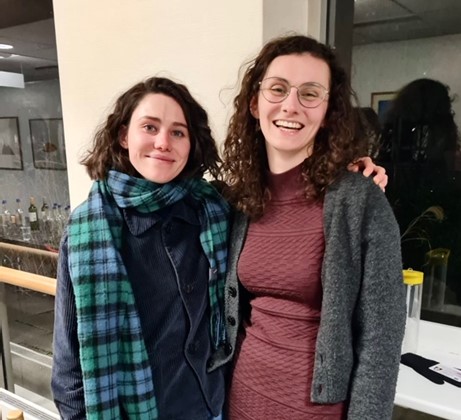
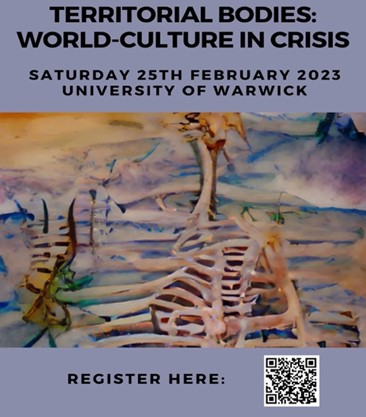


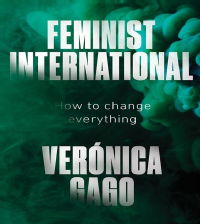
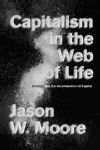
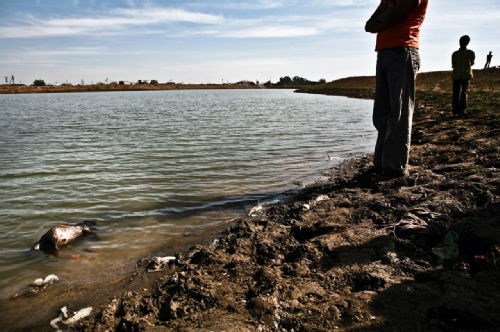
 Loading…
Loading…

